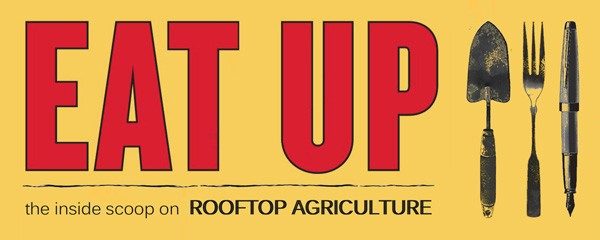Singapore: food localization poster child
 Urban food production in North Philadelphia, SHARE Food Program || (photo by Lauren Mandel)
Urban food production in North Philadelphia, SHARE Food Program || (photo by Lauren Mandel)
We are an overweight, undernourished nation. Plain and simple. The condition of public health in the U.S. does not need to be sugar coated, and in fact, a little less sugar would do us well. Singapore, on the other hand, serves as a role model for establishing a national commitment to local food production, which can benefit public health by providing access to fresh, nutritious food.
Singapore’s government elected to promote food localization in a major way. The goal: to produce 20% (380,000 tons) of the city-state’s vegetable consumption needs locally, within the bounds of the city itself. This decision followed on the heels of years of food import dependence. The government’s commitment to grow food locally stimulated a new way of thinking about urban agriculture. Food in Singapore is now grown throughout the city-state, in ground-level plots, on balconies, and across rooftops.
This deliberate governmental decision to move Singapore’s food system toward local production is inspiring. While the primary intent of this food system shift was likely not to improve public health, the consequential nutritional impacts represent an undeniable benefit.
In sharp contrast to Singapore, the American food system and its current distribution of agricultural subsidies favor highly processed foods that are centrally produced and shipped long distances to reach our plates. For years the federal government has subsidized king crops like corn and soybeans, which are overwhelmingly grown by industrial farmers in massive monoculture plantations. This nonsensical distribution of agricultural subsidies has enabled these ubiquitous crops to worm their way into almost every processed food on the supermarket shelves.
Authors like Michael Pollan eloquently articulate these issues in detail, but the takeaway message here is that food localization is instrumental to public health, and it must be pursued with vigor. The government has the money to assist small organic farmers. Redistributing agricultural subsidies to benefit these local growers is essential in furthering the government’s support of local food production. A paradigm shift is necessary to gives these small organic farmers the boost they need to thrive, particularly when their farms are in, just outside of, or high above the streets of a city.
Singapore’s government understands and embraces this paradigm shift. The country proves that redistributing efforts and government funding can enable urban agriculture, both on the ground and on roofs, to flourish. It worked.
 EAT UP
EAT UP
It seems that if we were to redirect the government subsidies from the huge farms to small local farms, it would assist in funding this goal.
Have you invited President Obama and Mrs. Obama to your blog? How about a few of our congresspeople and directors of the Food and Agriculture departments in our government? You should!
Hi Lauren,
I’m from Singapore and I’m not aware that Singapore is pursuing this. It’s great news though! Can you refer me to your source articles so that I can get in touch with the various stakeholders of urban agriculture in Singapore?
Thanks!
Hi Thomas,
Sorry for the delayed response! Most of my information on rooftop and balcony gardening in Singapore comes from published articles by Geoff Wilson. Much of his work is from 2005. I’d be very interested in speaking with you further about what you have observed in Singapore, as there is not much information online about your country’s rooftop activities.
Best regards,
Lauren